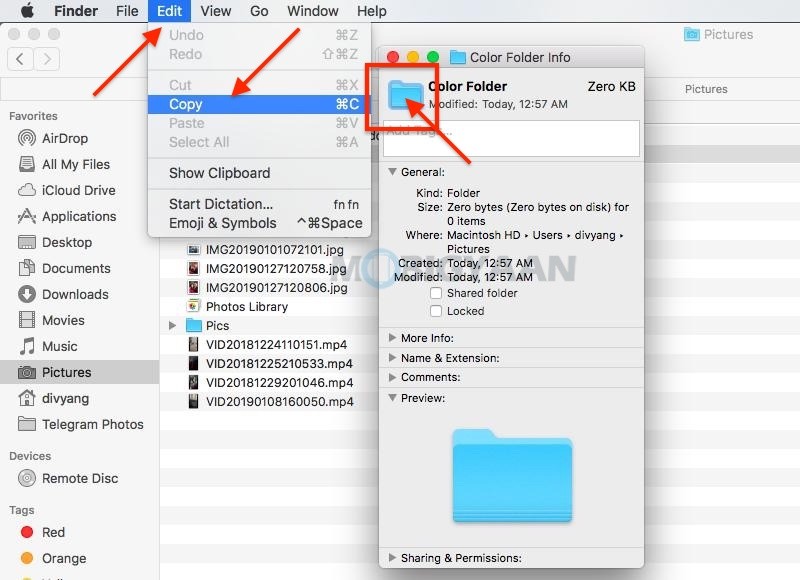

Latitude (WGS84), in degrees * 1E7 Longitude (WGS84), in degrees * 1E7 Altitude (WGS84), in meters * 1000 (positive for up) GPS HDOP horizontal dilution of position in cm (m*100). Some applications will not use the value of this field unless it is at least two, so always correctly fill in the fix. Timestamp (microseconds since UNIX epoch or microseconds since system boot) 0-1: no fix, 2: 2D fix, 3: 3D fix. Coordinate frame is right-handed, Z-axis up (GPS frame). See message GLOBAL_POSITION for the global position estimate. This is NOT the global position estimate of the system, but rather a RAW sensor value. The global position, as returned by the Global Positioning System (GPS). An XML document in the MAVlink source has the definition of the data stored in this payload.īelow is the message with ID 24 extracted from the XML document. Every message is identifiable by the ID field on the packet, and the payload contains the data from the message.

The payload from the packets described above are MAVLink messages. The CRC algorithm of MAVLink has been implemented in many languages, like Python and Java. Systems using the MAVLink protocol can use a precomputed array to this purpose. The seed is generated with every new message set of the protocol, and it is hashed in a similar way as the packets from each message specifications. It is computed using an ITU X.25/SAE AS-4 hash of the bytes in the packet, excluding the Start-of-Frame indicator (so 6+n+1 bytes are evaluated, the extra +1 is the seed value).Īdditionally a seed value is appended to the end of the data when computing the CRC. Another function of the CRC field is to ensure the sender and receiver both agree in the message that is being transferred. To ensure message integrity a cyclic redundancy check (CRC) is calculated to every message into the last two bytes. Signature to verify that messages originate from a trusted source. The data into the message, depends on the message id.Ĭheck-sum of the entire packet, excluding the packet start sign (LSB to MSB)Īfter Version 2, the packet structure was expanded into the following: Field nameĭenotes the start of frame transmission (v2: 0xFD)įlags that must be understood for MAVLink compatibilityįlags that can be ignored if not understood Identification of the message - the id defines what the payload “means” and how it should be correctly decoded. Allows to differentiate different components of the same system, e.g. Allows to differentiate different systems on the same network. In version 1.0 the packet structure is the following:ĭenotes the start of frame transmission (v1.0: 0xFE)Įach component counts up their send sequence. It can be used to transmit the orientation of the vehicle, its GPS location and speed. Thanks to Simo Sorce who reproduced this bug with latest samba code.It is used mostly for communication between a Ground Control Station (GCS) and Unmanned vehicles, and in the inter-communication of the subsystem of the vehicle. I did an strace, I see smbclient does a state64, it gets the expected file size (6 bytes), it successfully opens that file, but never reads from it! It does something other actions, but then closes the file. I did a network trace with wireshark (thanks to Andrew Bartlet for helping), he looked at it, and he concluded, it's a good trace for sending a zero byte file. It's independent of the input file, I always get zero bytes. Same server, same client commands, same input file, but using a Fedora 8 client (version 3.0.28a) it works fine! I tested with different files, always zero bytes. Putting file hello as \hello (0,0 kb/s) (average 0,0 kb/s)Īnd the destination gets a zero bytes file "hello" is a file of size "6 bytes", containing "hello".


 0 kommentar(er)
0 kommentar(er)
